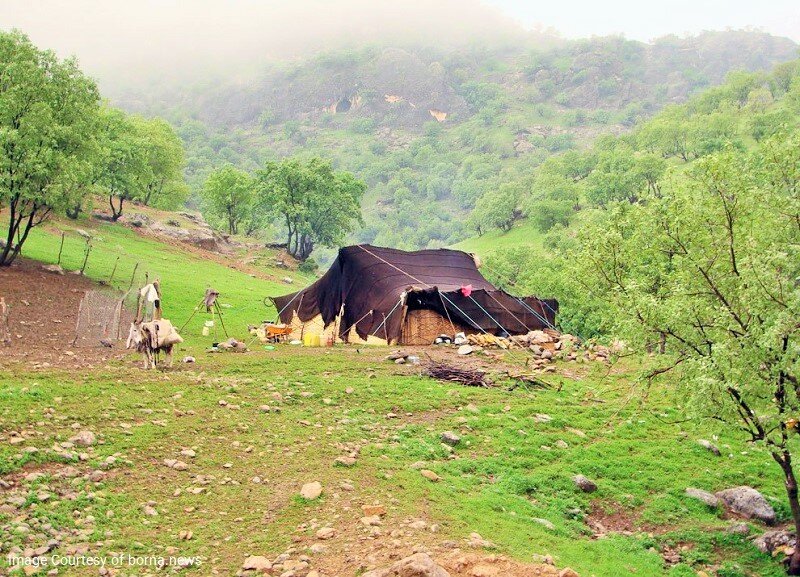Chaharmahal-Bakhtiari holds potential to become tribal tourism hub

TEHRAN – Chaharmahal-Bakhtiari, a lesser-known travel destination in southwest Iran, has great potential to become a tribal tourism hub, the head of the Nomads Affairs Organization of Iran has said.
There is a significant tourism capacity among the Chaharmahal-Bakhtiari nomads on the national and international scales, Abbas Papizadeh explained on Sunday.
There are many tourism capacities in the nomadic areas of the province, including nomadic production, medicinal plants, handcrafts and traditional arts, and pristine and untouched tourist attractions, the official added.
The province’s nomadic community is ready to enhance tourism infrastructure to attract domestic and foreign tourists, he mentioned.
Chaharmahal-Bakhtiari has various traditions and rituals related to tribal lifestyles. Special forms of music, dance, and clothing are noteworthy. It has considerable potential to become a vibrant tourist attraction because of its changing natural landscape.
The province is also a hub for making wool felt products, majorly of which exported abroad. It is home to some 500 crafters, in over 250 workshops, making handmade felt products.
Nomads and tribal tourism
Tribe tourism, also known as ethno-tourism or ethnic tourism, provides the grounds for potential sightseers to feel like indigenous people by living with a nomad or rural family or enjoying an independent stay. However, as the name implies, it’s a trip for recreational purposes rather than an expedition for anthropological research.
Experts say this branch of tourism has gained a lot of support and attention in the country over the past couple of years. Many tour operators believe that tribal regions could be deemed as the legacy of human authenticity in their novel cultural and human aspects.
Iran has a culturally diverse society dominated by a wide range of interethnic relations. Native speakers of Persian (Farsi language) are considered as the predominant ethnic generally of mixed ancestry, and the country has important Turkic, Kurd, and Arab elements in addition to the Lurs, Baloch, Bakhtiari, and other smaller minorities such as Armenians, Assyrians, and Jews. Persians, Kurds, and speakers of other Indo-European languages in Iran are descendants of the Aryan tribes who began migrating from Central Asia into what is now Iran in the second millennium BC.
Accompanying nomads during their migration, even for a day or two, maybe a lifetime experience. As a traveler, one has the chance to visit, live, eat, and sleep in a nomadic camp with a real nomadic family. Colorful dresses, vast black tents, colored-eyed children with rosy cheeks, a modest lifestyle, scenic landscape, and local dishes are probably among the delights of such visits.
Language, music, indigenous cuisine, clothing, songs, anecdotes, crafts, live performances, and local rituals such as celebrations and wedding ceremonies have always spurred many to experience life among the tribes.
Many nomads surprise visitors with dignity in their rough and overworked hands and integrity in their compassionate eyes at first sight. In popular Iranian culture, literature, and public opinion, nomads have always been a proud part of the nation.
ABU/
